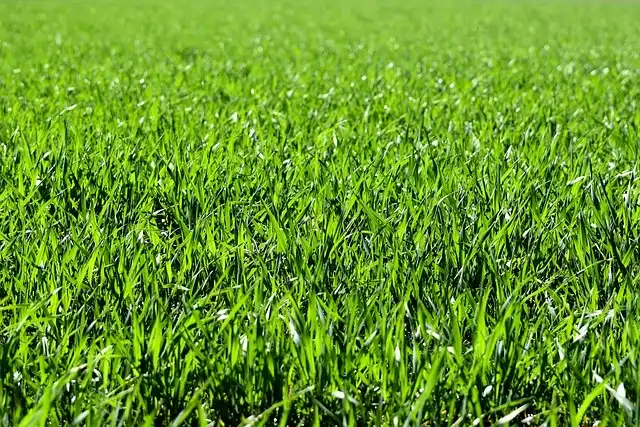Grasses transfer genes from their neighbours in the same way genetically modified crops are made, a new study has revealed.
- New study shows grasses are taking an evolutionary shortcut by continually borrowing genes from their neighbours to grow bigger, stronger and taller
- The research, led by the University of Sheffield, is the first to show how frequently grasses exchange genes in the wild
- The naturally occurring process observed in grasses, including in some of the crops we eat, may mirror methods used to make genetically modified crops
- Understanding the rate is important to know the potential impact it can have on a plant’s evolution and how it can drive adaption to the environment
Grass may transfer genes from their neighbours in the same way genetically modified crops are made, a new study has revealed.
Research, led by the University of Sheffield, is the first to show the frequency at which grasses incorporate DNA from other species into their genomes through a process known as lateral gene transfer.
The stolen genetic secrets give them an evolutionary advantage by allowing them to grow faster, bigger or stronger and adapt to new environments quicker.
Understanding the rate is important to know the potential impact it can have on a plant’s evolution and how it adapts to the environment.
Grasses are the most ecologically and economically important group of plants, covering 30 per cent of the earth’s terrestrial surface and producing a majority of our food.
The Sheffield team sequenced multiple genomes of a species of tropical grass and determined at different time points in its evolution how many genes were acquired – giving a rate of accumulation.
It is now thought these transfers are likely to occur in the same way that some genetically modified crops are made.
These findings, published in the journal New Phytologist could inform future work to harness the process to improve crop productivity and make more resilient crops, and have implications on how we view and use controversial GM crops.
Dr Luke Dunning, Research Fellow from the University of Sheffield’s School of Biosciences, and senior author of the research, said: “There are many methods to make GM crops, some which require substantial human intervention and some that don’t. Some of these methods that require minimal human intervention could occur naturally and facilitate the transfers we have observed in wild grasses.
“These methods work by contaminating the reproductive process with DNA from a third individual. Our current working hypothesis, and something we plan to test in the near future, is that these same methods are responsible for the gene transfers we document in wild grasses.
“This means, in the near future, controversial genetic modification could be perceived as more of a natural process.
“Currently, these ‘natural’ reproductive contamination methods are not as efficient in producing GM plants as those that are used routinely, but by further understanding how lateral gene transfer occurs in the wild we may be able to increase the success of this process.”
Since Darwin, much of our understanding of evolution has been based on the assumption that genetic information is passed from parents to offspring – the rule of common descent for plant and animal evolution.
The team’s next steps will be to verify their hypothesis by recreating known examples of lateral gene transfer, to investigate whether this ongoing process contributes to the differences we observe between crop varieties.
Read the paper: New Phytologist
Article source: University of Sheffield
Author: Alice Fletcher








